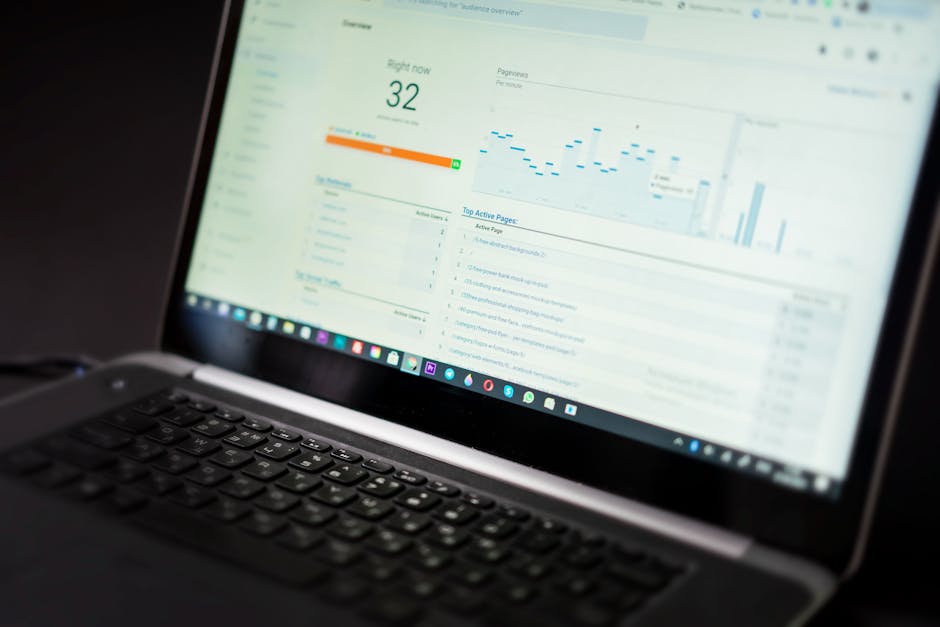AUTOMATE YOUR WAY TO ENHANCED COMPLIANCE AND STREAMLINED OPERATIONS IN HEALTHCARE
Navigating the Compliance Minefield
In a bustling healthcare world, outdated manual processes can choke compliance and put patient safety at risk. Incidents at major hospital systems leave a clear message: relying on old methods isn’t an option. Instead, embracing modern solutions is key to overcoming regulatory hurdles and ensuring efficient operations.
- HIPAA
- The Health Insurance Portability and Accountability Act of 1996 sets strict rules for patient data protection.
- HITECH
- The Health Information Technology for Economic and Clinical Health Act drives the adoption of technology to improve health information management.
Automating the Oversight Process
Automation in healthcare is not futuristic—it's here now. Innovative systems, similar to those deployed by clinical trial advocates like Florence Healthcare, are redefining compliance oversight. These platforms integrate sophisticated dashboards to detect KPI drift in real time, enabling proactive responses to emerging compliance issues.

Ever wondered how healthcare leaders detect compliance issues before they escalate? The answer lies in seamless integration of automation to continuously monitor data quality and flag discrepancies instantly.
Tangible Benefits in Action
Robust evidence from across the healthcare sector demonstrates that automation reduces errors and increases efficiency. Advanced machine learning capabilities mean systems continuously evolve, learning from data patterns to bolster compliance. Tools like Zluri enhance KPI accuracy by ensuring constant data alignment with regulatory standards. In my experience, I helped a CFO’s team turn their Excel forecasting model into a Streamlit app that pulled from Redshift with automatic delta alerts, proving the value of such integrations.
Real-World Case Studies and Scenarios
Successful examples from Inovaare highlight the power of automated alerts and continuous data quality checks. These real-world scenarios prove that smart automation isn’t just theoretical—it’s a practical solution that saves resources while enhancing compliance. For managers focused on operational efficiency, these strategies ensure that compliance lapses are rapidly identified and corrected with minimal disruption.
Paving the Path Forward
The transition from cumbersome manual operations to streamlined, automated processes is a game-changer. Healthcare leaders emphasize that implementing today’s automation technologies is a strategic investment in tomorrow’s operational excellence. By actively embracing these innovations, organizations are not only preserving compliance but also setting new standards in patient care and operational success.
Adopt these actionable insights and view automation as a trailblazing partner in your healthcare journey.
Manual vs. Automated Workflows
| Aspect | Manual Workflow | Automated Workflow |
|---|---|---|
| Time Efficiency | Time Sink | Time Saved |
| Error Rate | High risk of human error | Reduced errors through constant monitoring |
| Regulatory Compliance | Reactive and delayed | Proactive with real-time alerts |
| Resource Allocation | Heavy manual oversight | Optimized resource usage |
| Optimizing workflows with automation paves the way for faster compliance and resource efficiency. Keywords: forecast adjustments, log file explainer, compliance flagging, cost forecast tweaks. | ||